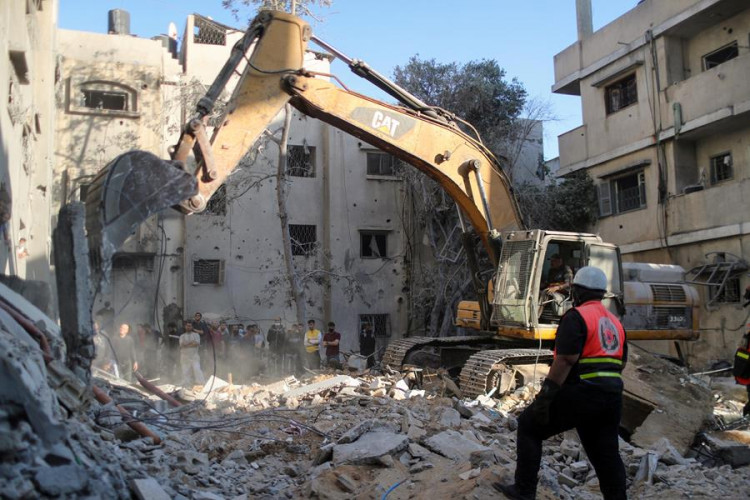In a significant development amid ongoing hostilities, Israel and Hamas have brokered their first deal since a truce ended on December 1, paving the way for humanitarian aid to enter the besieged Gaza Strip. The agreement, facilitated by France and Qatar, involves the shipment of medicines for Israeli captives still held by Hamas. This crucial aid was flown from France to Qatar and then transported from Egypt into Gaza on Wednesday.
The deal marks a critical step forward following the release of over 100 of the 240 captives taken by Hamas during its October 7 assault on Israel. In return for this humanitarian gesture, Israel had released hundreds of Palestinian prisoners. However, negotiations for further peace have been challenging, with Israel demanding the release of all captives and Hamas insisting on a full ceasefire.
The aid, including medicines for various chronic illnesses, will be delivered to the International Committee of the Red Cross and then handed over to Hamas. Despite the logistical challenges and concerns over the specific delivery of medication to the hostages, this arrangement is a testament to the ongoing efforts to alleviate the humanitarian crisis in Gaza.
France's role in organizing the supply of medicines highlights the international community's involvement in addressing the conflict's complex dimensions. The negotiations have been intricate, with significant input from the families of the Israeli captives. The aid package is expected to provide relief for the captives' medical needs and contribute to improving conditions for the Gaza Strip's civilian population.
This deal also underscores the intricate geopolitical dynamics in the region. The US Middle East Envoy, Brett McGurk, has been engaged in discussions in Doha about a potential agreement that could secure the release of the Israeli captives. The White House expressed optimism about these negotiations bearing fruit soon.
However, the situation remains tense, with continued Israeli airstrikes in Gaza and the worsening humanitarian situation. The Hamas government reported 81 deaths across the Palestinian territory due to the bombardment. Amid this backdrop, the aid deal offers a glimmer of hope for progress toward a more comprehensive truce and the possibility of further hostage releases.
The delivery of humanitarian aid to Gaza is a critical step in addressing the dire needs of its population, which faces famine-like conditions. The agreement for medical and humanitarian aid distribution in the most affected areas of Gaza reflects the desperate need for relief and support in the region.
The evolving situation in Gaza and the ongoing negotiations between Israel and Hamas highlight the complexity and urgency of finding lasting solutions to the conflict. The recent aid agreement, while a significant milestone, is just one part of a larger puzzle that requires sustained diplomatic efforts and commitment from all parties involved.






